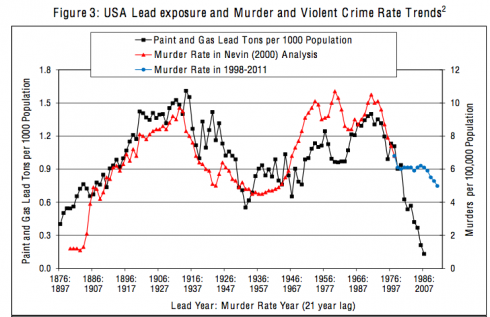Zoe Rodriguez del Rey tried to measure the caffeine concentration in the seawater off Oregon by measuring its concentration in mussels. It’s an interesting measure of just how the stuff we eat and drink can affect the environment. Curiously, del Rey and her colleagues found lower concentrations near the cities’ sewage treatment plants compared to areas further away from the cities.
Scientists sampled both “potentially polluted” sites—near sewage-treatment plants, larger communities, and river mouths—and more remote waters, for example near a state park.
Surprisingly, caffeine levels off the potentially polluted areas were below the detectable limit, about 9 nanograms per liter. The wilder coastlines were comparatively highly caffeinated, at about 45 nanograms per liter.
“Our hypothesis from these results is that the bigger source of contamination here is probably on-site waste disposal systems like septic systems,” said study co-author Elise Granek.
— Handwerk (2012): Caffeinated Seas Found off U.S. Pacific Northwest in National Geographic.



